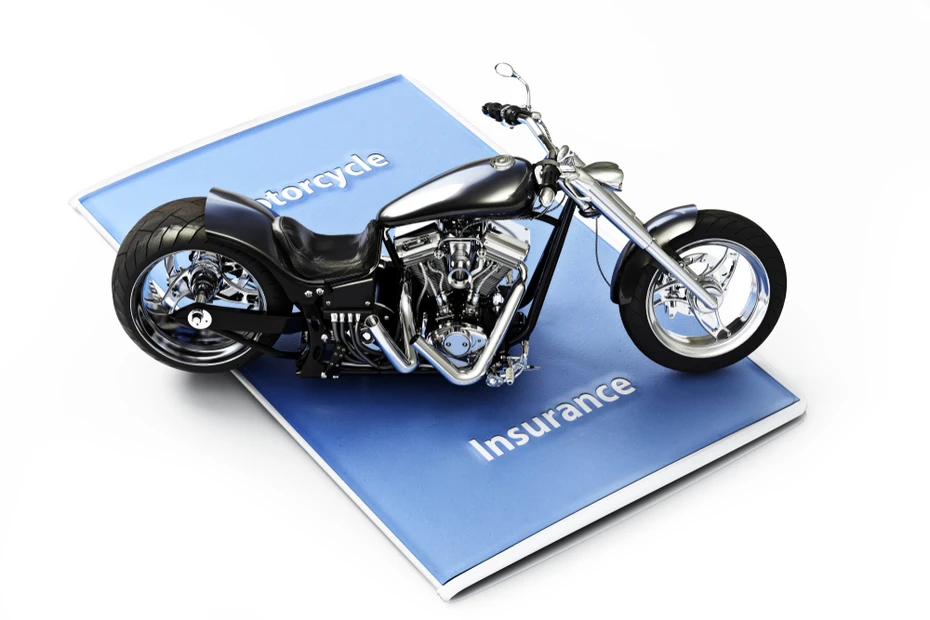Difference Between Fuel Injection and Carburetor in Bikes
Fuel Injection vs Carburettor: What Every Biker Should Know
Two-wheeler vehicles, i.e. bikes or scooters, are part of every family today. These bikes have gone through multiple inventions and changes over the period, and one of the changes is shifting from carburettor to fuel injection in bikes.
Here, we will discuss the difference between fuel injection and carburettor in bikes.

What Is Fuel Injection & How Does It Work?
In fuel injection technology, the cylinder in the intake chamber receives fuel directly. Such engines contain sensors that control and maintain the flow of fuel injected at the proper rate. The chances of a breakdown and a chock are greatly reduced as long as the electrical sensors function properly. Even the fuel injecting systems come in various forms, including single-point and throttle body systems.
A fuel injection system controls the flow of fuel into the combustion chamber. The system relies on the fuel pump, which would pump the fuel from the fuel tank into the combustion chamber. The amount of fuel to be pumped is decided by the engine control unit (ECU). The ECU monitors various parameters such as oil temperature, load on the engine, throttle position and engine speed. After calculating the amount of fuel required, the fuel injectors inject the fuel via their nozzles connected to the combustion chamber.
What Is A Carburettor & How Does It Work?
Earlier, i.e. before the launching of fuel injection, carburettors were the ones responsible for providing the fuel and air mixture for the engine to run on, as internal combustion engines require fuel and air to burn to produce energy. Carburettors are responsible for generating the fuel-air mix and delivering it into the combustion chamber.
A basic carburettor is a small mixing tank with valves in it on two ends. There are inlet valves and an exhaust nozzle. The valves on the carburettors are known as butterfly valves owing to the butterfly shape, which opens from either side and contains a hinge for its movement in the middle. The amount of opening in the valve is controlled by the accelerator cable, which allows air to enter the carburettor along with fuel. The fuel from the tank and the air through the air filter mix inside the carburettor, and the vacuum pressure generation from the combustion chamber creates a suction force to push the air-fuel mixture from the carburettor into the combustion chamber, and that is how the carburettor functions.
What Makes A Fuel-Injected Engine Different From A Carburetted Engine?
The key differences between a carbureted and a fuel-injected engine are as follows:
· The suction created by the incoming air stream from the environment powers a carburettor. The technique is made possible by the presence of a venturi tube. The venturi tube pulls the fuel using the vacuum created by the incoming air stream.
· A fuel injection system uses tiny injector nozzles to deliver fuel that has been atomized through high pressure created by its pump.
Fuel Injection Technique: Advantages
· Fuel injection systems provide precise control over the air-fuel mixture, optimizing combustion for better performance.
· Fuel-injected bikes tend to be more fuel-efficient, adapting to various riding conditions and optimizing combustion.
· Fuel injection contributes to lower emissions, thus helping to reduce air pollution.
· Fuel injection reduces unnecessary fuel usage.
· Fuel injection has greater compression ratios, which are possible when fuel injection is used.
· There will be quick and efficient vehicle pickup in fuel-injection vehicles.
Fuel Injection Technique: Disadvantages
· Fuel injection systems are more complex and rely on electronic components, making them potentially more challenging to troubleshoot and repair.
· While fuel injection systems are generally low maintenance, when an issue arises, specialized knowledge and equipment may be required for repairs.
· A carburettor upgrade is much less expensive than a fuel injection system.
· A carburettor will have a better Air-Fuel Ratio and Mix than a direct injection system.
Advantages Of Carburettor:
· Carburettor parts are not as expensive as fuel injectors, especially electronic fuel injection (EFI), which would give you large savings.
· With the use of a carburettor, the user will get more air and fuel mixture.
· In terms of the road test, carburettors have more power and precision.
· Carburettors are not restricted by the amount of gas pumped from the fuel tank, which means that cylinders can pull more fuel through the carburettor, leading to a denser mixture in the chamber and higher power.
Disadvantages Of Carburettor
· The mixture provided by a carburettor is so weak at a very low speed that it will not ignite properly, and some arrangement in the carburettor is required for its enrichment under such conditions.
· The working of the carburettor is affected by changes in atmospheric pressure.
· It provides the right mixture at only one engine speed and load; therefore, it is only suitable for engines running at a steady increase or decrease in speed.
· More fuels are consumed since carburettors are heavier than fuel injectors.
· More air emissions than fuel injectors.
· Maintenance costs of the carburettor are higher than those of the fuel injection system.
Conclusion
Fuel injection outperforms in all vital aspects except maintenance and cost, while carburetted systems appeal to those who value simplicity and cost-effectiveness.
While the decision to select the system depends on you, the decision to buy insurance for your two-wheeler also depends on you. Purchase the policy with the help of ID Motors to free from unwanted liabilities financially.














































